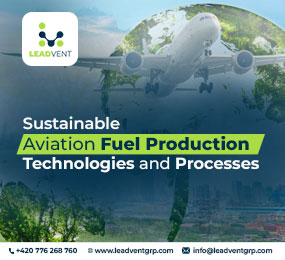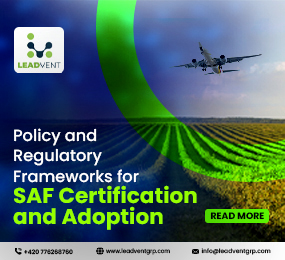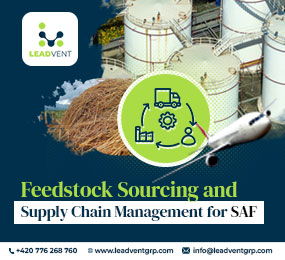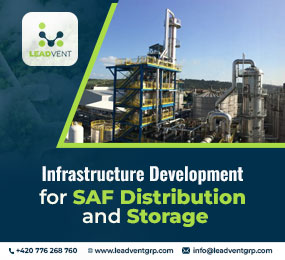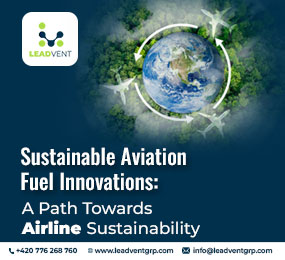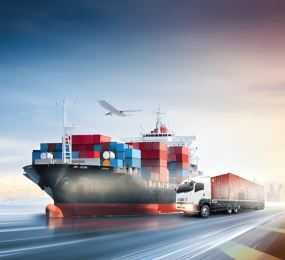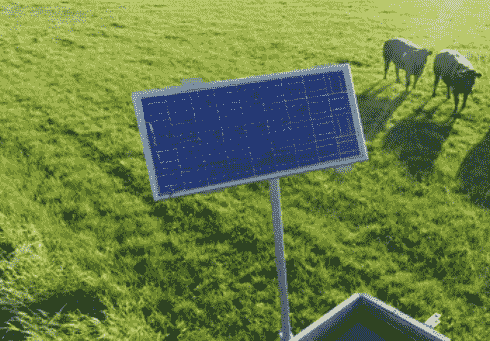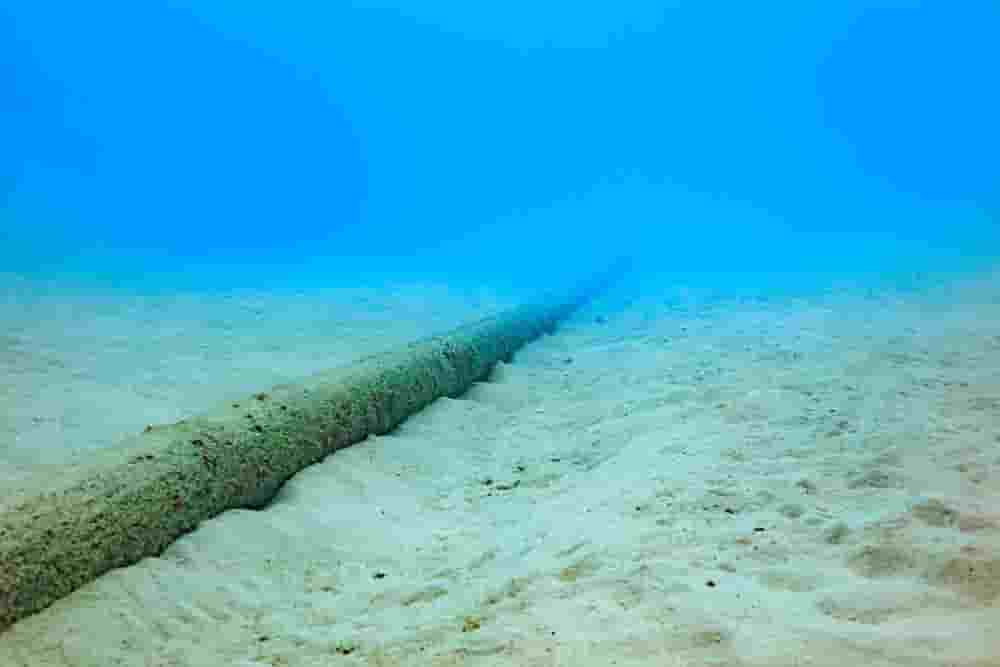SAF is becoming more and more popular among airlines as one of the main ways to achieve aviation’s sustainability goals. To understand if there are overall environmental advantages of SAF and which factors could be drawbacks, Life Cycle Analysis (LCA) has emerged as a must-use tool. It will offer a comprehensive analysis of the effect of adopting SAF across its different stages of production and use to confirm that its usage supports the achievement of international sustainability standards.
This blog provides an overview of LCA concerning SAF production, the importance of environmental sustainability in the aviation industry, and how major aviation events, such as the World Sustainable Aviation Fuel Forum, advance these discussions.
SAF: Life Cycle Analysis
1. What is Life Cycle Analysis
Life Cycle Analysis (LCA) is a comprehensive method of conducting the evaluation of the impacts on the environment of products or processes. For SAF, LCA evaluates each stage of its life cycle, including:
- Growing of feedstock or production of feedstock
- Production and processing
- Transportation Distribution
- Burning in aircraft engines
LCA makes it possible to determine that SAF production offsets genuine emissions and resource use at each stage throughout the cycle of aviation.
2. Key Findings in SAF LCAs
Emission Reduction: SAF can attain reductions in lifecycle GHG emissions by 70–80 per cent compared to conventional jet fuel based on feedstock and distinct production chain stages.
- Resource Efficiency: Among all feedstocks, material from waste, especially utilised cooking oil, was deemed the most sustainable.
- Indirect Impacts: Unless tackled, indirect land-use changes (ILUC) erode most environmental gains attributed to SAF production.
Promoting Environmental Responsibility for Future Aviation
1. Implications of SAF in the Sustainability of Airlines
SAF is critical to the attainment of sustainability goals to support airlines with carbon-neutral development objectives. Carbon Offsetting and Reduction Scheme for International Aviation has been another framework for the enhancement of the usage of biofuel.
2. Challenges in Scaling SAF
- Cost Barriers: Nevertheless, SAF is still more expensive than fossil fuels, and it needs incentives and policy support.
- Supply Chain Gaps: The collection, processing, and distribution infrastructure for SAF feedstocks are relatively insignificant.
- Global Cooperation: This in the development of an international SAF market requires cross-border cooperation.
3. Promising Innovations
Technology is gradually responding to these issues as explained below. For instance:
- Electrofuels: Emanated from renewable energy and CO2, e-fuels are zero-emission.
- Second-Generation Feedstocks: The use of non-food crops and wasted materials minimises the sector’s reliance on areas of arable land.
Know About World Sustainable Aviation Fuel Forum
W SAF Forum is a valuable space to discuss the challenges and stimulate the demand for SAF worldwide. Organised by the Leadvent Group, this event brings together growers, distributors, policymakers, and academics to assess the revolution that SAF has the potential to deliver.
Key Highlights of the Event
- Comprehensive Panels on Sustainability: The issues to be discussed include LCA methodologies, emission reduction targets, and feedstock innovations.
- Networking Opportunities: People engage with flyers, suppliers, manufacturers, and other players in the industry to achieve a common goal of sustainable aviation.
- Case Studies and Success Stories: Examples also bring to the real-world use of SAF with an emphasis on the advantages that it gives.
For more information and to ensure you participate, visit the World Sustainable Aviation Fuel Forum.
Case Studies: Environmental Benefits of SAF
1. Key Facts Regarding KLM’s Waste-Based SAF Deployment
KLM Airlines partnered with SkyNRG to build SAF from used cooking oils. They applied demanding LCA and outlined the lifecycle emissions cut to 85%, proving that their waste-based SAF was ahead of others.
2. Norway’s Blending Mandate
Norway has introduced a national binding with a target of 0.5% of aviation fuel to be SAF. They used this initiative to support local production, and they stressed the need for governmental support.
FAQs on SAF and LCA
Q1: Why is LCA important for SAF?
A1: Through LCA, one can be guaranteed that the SAF offers real environmental gains by comparing its emissions and impacts in its entire life cycle.
Q2: How does SAF help the airline industry in achieving sustainability goals?
A2: SAF facilitates avoiding a large portion of emissions and allows airlines to maintain carbon-neutral growth and meet the CORSIA requirements.
Q3: How do we get to the World Sustainable Aviation Fuel Forum?
A3: Identifying key approaches and creating the platform to connect global stakeholders who share the goal of accelerating SAF adoption, the forum provides participants with the analysis and complete focus on the additional development of this bright industry.
Conclusion
LCA is, however, persuasive, as SAF constitutes an effective solution for airline sustainability if LCA and international cooperation can scale it up effectively. SAF can reshape the future of aviation, as long as challenges in feedstock supply, emissions, and cost dispersion are solved.
Discussions like these are best advanced at the World Sustainable Aviation Fuel Forum, where stakeholders come together to plan the way forward for sustainable aviation. An LCA-based discussion, business cases, and a platform for networking are just several reasons you should not miss the forum to advance SAF development.


